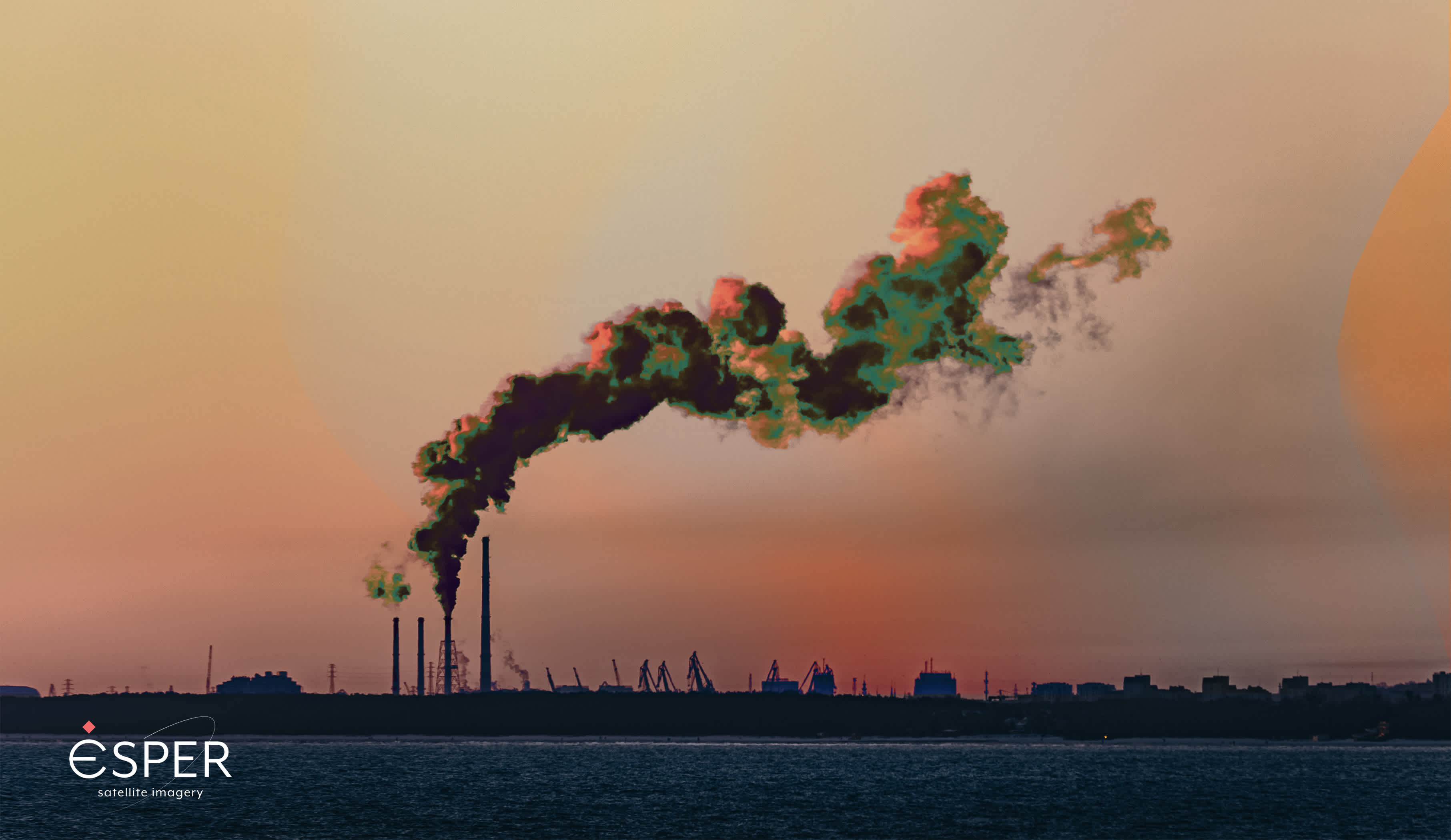
The Hidden Threat of Methane
Last year, during the COP27 negotiation in Egypt, the issue of methane emissions was highlighted. Methane is a significant contributor to climate change and a main contributor to the warming of the planet. It has been estimated to cause about 30% of the planet’s warming.
The UN, in collaboration with various nations, has been exploring methods to decrease methane emissions. The UN has initiated a program to identify methane, and several countries that participated in the conference have committed to reducing their methane emissions. Despite these efforts, methane leaks remain a significant obstacle in addressing climate change.
Why Methane Matters
Methane is a potent greenhouse gas that plays a major role in climate change. While it constitutes only a small percentage of greenhouse gases in the atmosphere, it has a disproportionate impact on warming. According to estimates, methane is 28 times more efficient at trapping heat than carbon dioxide over a 100-year time span. This means that, even though carbon dioxide is more abundant, methane's impact on global warming is much greater.
Methane is mainly produced by natural processes such as the decomposition of organic matter and digestion by ruminants. However, human activities such as agriculture, oil and gas production, and landfills have significantly contributed to the increase in methane emissions in recent years. This has led to concerns about the impact of these activities on the environment and the urgency to find ways to track and reduce methane emissions.
Industry and Regulation Inefficiencies
The coal, oil, and natural gas industries are major contributors to methane emissions, with the production process being a significant source of methane. Methane is a potent greenhouse gas that is released from various sources such as coal seams, oil and gas wells, leaking pipelines, and agricultural livestock.
In the US, the oil and gas industry employs several methods to reduce methane emissions, including flare stacks and vapour recovery systems. However, these methods often prove to be ineffective, with flare stacks failing to burn the methane before release, and vapour recovery systems being insufficiently sealed, leading to significant methane leaks.
In Australia, recent studies suggest that the federal government's estimates of coal and gas production may be significantly underestimated. Last year’s estimates were 63% less than actual methane emissions obtained by the International Energy Agency (IEA).
Furthermore, inefficiencies in regulations result in underreporting of actual methane leakage, which downplays the severe impact of these industries on climate change. Therefore, it is crucial to implement effective regulations and innovative technologies to reduce methane emissions and mitigate the impact of these industries on our environment.
Improved Accuracy in Tracking Methane with EarthTones
Methane is a potent greenhouse gas that contributes significantly to global warming. As a result, it's important to monitor and track its emissions from various sources to develop effective strategies for mitigating its impact on the environment. There are several methods available for tracking methane, such as direct measurement, inventories, modelling, and remote sensing. These methods offer a complete view of methane emissions from diverse sources.
Remote sensing is an especially crucial technique for monitoring methane because it can identify emissions from both large and small sources. Sensors installed on satellites are capable of detecting methane emissions from large sources like natural gas fields and coal mines. Moreover, these sensors can also locate minor sources like pipeline leaks and storage facilities, which is crucial in mitigating unwanted leakage.
By monitoring methane emissions from space, remote sensing can provide a comprehensive and cost-effective way to track global methane emissions and identify new sources of methane that were previously unknown or difficult to detect.
With the stakes so high in the fight against climate change, access to real-time data on methane emissions is pivotal in mitigation efforts. EarthTones, a cutting-edge platform, offers just that by providing immediate access to the data obtained from hyperspectral imagery. This allows for unparalleled accuracy in tracking methane emissions in high spatial resolution.
EarthTones will enable detailed mapping of emissions over large areas, making it possible to pinpoint specific sources of methane emissions and track changes over time. The platform can also detect and monitor methane leaks from pipelines and storage facilities, which can be challenging to identify using traditional methods. Hyperspectral sensors can identify even small leaks by detecting the characteristic spectral signature of methane.
With EarthTones, you can be at the forefront of the battle against climate change by having access to the most advanced technology for tracking and mitigating methane emissions. By signing up here, you will be given priority access to the latest and most accurate information.